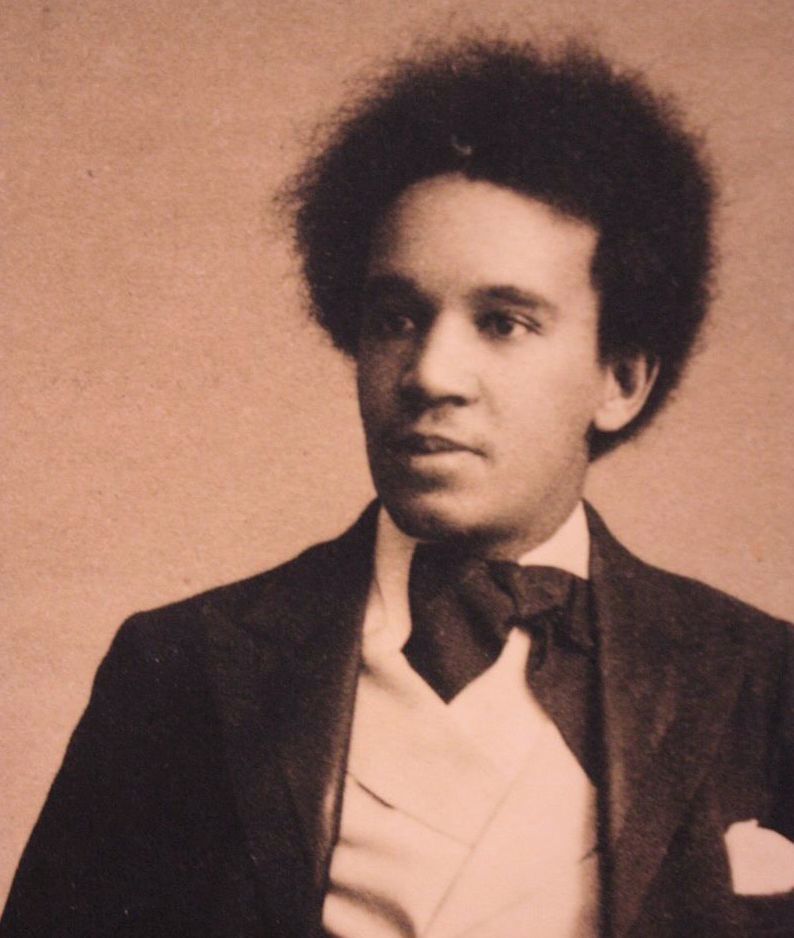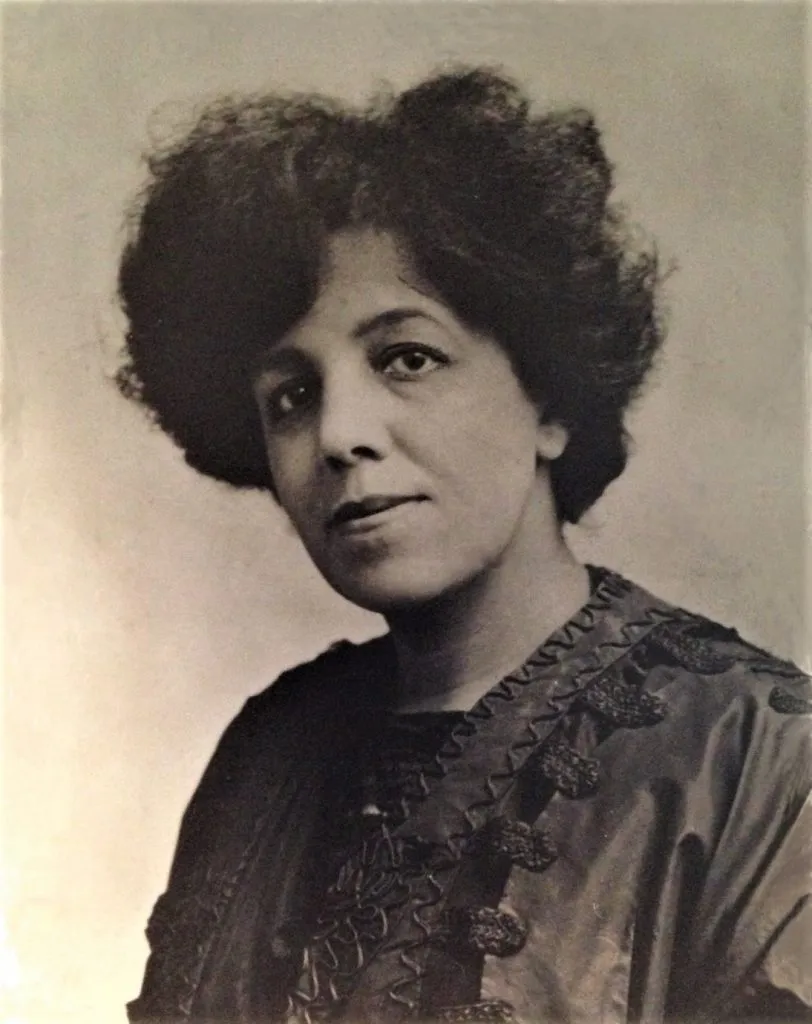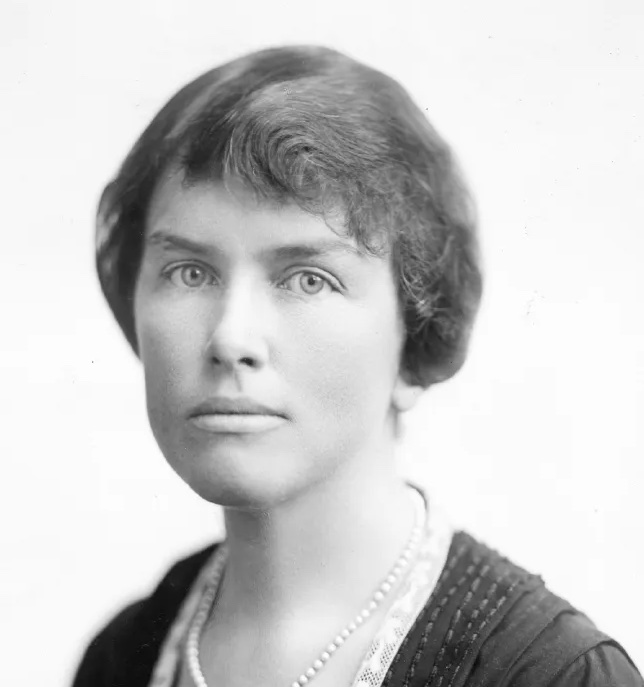Precious little is known about the German composer Marie von Kehler. We have more music by her than documentary information about her. She was born in Nysa, which at the time was part of Prussia and is now a city in southwestern Poland. She died in Lemgo, a small town in northwestern Germany.
Kehler served as a personal assistant to Princess Friederike of Lippe. While working at the castle in Lippe she met Johannes Brahms, who between 1857 and 1859 served as a court pianist, chamber musician, and conductor of the court choir. A letter from Brahms to Kehler survives, in which he asks Kehler to convey his thanks to the princess for sending him a work by Bach. “You know how much I love this divine man,” he writes, “and can well imagine his melodies, so feared by you, will often resound around me.”
Kehler’s output contains about eighty songs, and they are of extraordinarily high quality: harmonically inventive, melodically flexible, and full of warmth and expressive nuance. Sixteen opuses of her songs were published—though not during her lifetime; the online database Hoffmeister XIX, the most extensive list of music published between 1829 and 1900, includes a record of nine of those opuses, all of which were published between 1890 and 1900 (Kehler died in 1882). Like so much about this composer, it remains a mystery when she composed her songs, who arranged to have them published after her death, and why they weren’t published in her lifetime.
The four videos on this site—created by Stephan Loges and Jocelyn Freeman especially for Art Song Augmented—are world premiere recordings. One hopes other performers will take up these pieces, so that her long-forgotten songs can finally be heard.
Additional Resources
Alas, almost nothing has been written about Marie von Kehler and her music, and aside from the songs featured below, none of her music has been recorded. More research is needed to learn more about who she was and in what contexts she composed.
For some more information on Kehler and her songs, see my podcast episode and blog post below:
- My podcast episode about Kehler’s “Letzter Wunsch” (Last Wish).
- Rodgers, Stephen. “Marie von Kehler and the Depths of 19th-Century Lieder.” Women’s Song Forum. May 28, 2022.
Analytical Notes
Marie von Kehler’s songs might seem conventional on first listen, especially considering that they were published in the last decade of the nineteenth century but their tonal language has more in common with music written many decades earlier. Yet it’s possible the songs were written many decades earlier. Kehler died in 1882, at the age of sixty, and her songs weren’t published until well after her death; we thus have no idea when exactly her songs were composed. In any case, their straightforwardness is deceptive: they don’t boldly showcase their inventiveness; instead, they possess a sense of tonal drama that is all the more affecting for its subtlety.
Here are some analytical observations about two of the songs featured below. My hope is that these comments will be useful to those who would like to use her songs in the classroom, the private studio, or the recital hall.
“Letzter Wunsch” (Last Wish), op. 5, no. 1
The poem, by Julius Sturm, begins with these words: “Just once would I like to tell you how infinitely dear you are to me, how my soul will never forget you, so long as my heart still beats.” Kehler’s setting of the text—the first song of her op. 5 song collection, published in 1890—is written in a slow tempo with a chorale texture and two-bar gestures that feel like easy inhalations and exhalations. (You can find the score here.) The song exudes warmth, ease, and comfort but is colored with signs of disturbance. It’s in E-flat major but there’s no solid tonic chord in root position until over halfway through; we hear far more B-flat major chords (dominants, not tonics) than E-flat major chords, the result being that the music seems to hover in a state of suspended animation, as though seeking some far-off security.
Kehler also gently twists the knife with dissonant chords on crucial words like “sagen” (to say or to tell, the very thing the speaker longs to do) and “schlagen” (beats, referring to the speaker’s heart). Once the tonic E-flat does finally appear, it begins to erode as the music veers toward minor modes. The moment of greatest dissonance—a series of three diminished seventh chords—appears on the last word of the poem, “geraubt” (stole). With this word, the poet reveals that the speaker wishes to express not just gratitude but also regret: “I lay my hands upon your beautiful head, praying that God will send you the peace that my soul stole from you.” With her song that intones a soulful, painful prayer, Kehler makes that regret palpable.
“Mein Herz ist wie die dunkle Nacht” (My Heart is Like the Dark Night), op. 5, no. 2
The second song of Kehler’s op. 5 collection also shows her knack for using harmony and tonality expressively. (You can find the score here.) As with many of Kehler’s songs, “Mein Herz ist wie die dunkle Nacht” doesn’t stray too far from the home key—the middle part of the song modulates to the key of the dominant but never further afield—but that doesn’t make it any less tonally inventive. Indeed, one of the wonders of this song is that even though it stays close to home, and even though it moves at a fairly slow pace, it never feels static. It pushes ever onward, not with a fast tempo or rhythmic intensity, not even with long-breathed melodies, but with moments of closure that are never fully satisfactory and thus keep us listening for what’s around the next corner.
The quiet restlessness of the music suits the poem, by Emanuel von Geibel, which opens with a metaphor of a heart that is like a dark night when all the treetops are rustling. The poetic speaker is calm but longs for true stillness, and the same is true of the song. Kehler, for example, settles onto a tonic cadence at the end of the fourth line:
Mein Herz ist wie die dunkle Nacht,
Wenn alle Wipfel rauschen;
Da steigt der Mond in voller Pracht
Aus Wolken sacht.
My heart is like the dark night
When all the treetops rustle;
The moon rises in full splendor
Gently from the clouds.
The vocal melody, however, only sounds a quarter note on the word “sacht” (gently), and the piano’s inner voice carries across the bar line, like a meandering thought, beginning a new rising chromatic line that leads to a cadence in the key of the dominant five measures later. (This is one example among many of how the piano is a driving force in the song—at one moment mimicking the sound of the rustling trees, at another point suggesting the song of the moon, which the singer later echoes, as if in dialogue with the night.) The tonic cadence at the end of line 4 was only an illusion, as was the stanza ending. A fifth line follows—“Und sieh! der Wald verstummt in tiefem Lauschen” (And see! The wood falls silent, deeply listening)—closing out the opening stanza, which, like the music associated with it, only seemed to come to rest after line 4.
This sense of cadencing without resting continues through to the very end of the song, where even the final words of the poem—“dies ungestüme Herz wird stille” (this unquiet heart is soothed)—are set to a V–I cadence that feels more like an ellipsis than a full stop, with the voice settling on the tonic pitch for only a quarter note and the piano’s right hand continuing its upward climb past the moment that the tonic chord arrives. How soothing is this ending, really?




